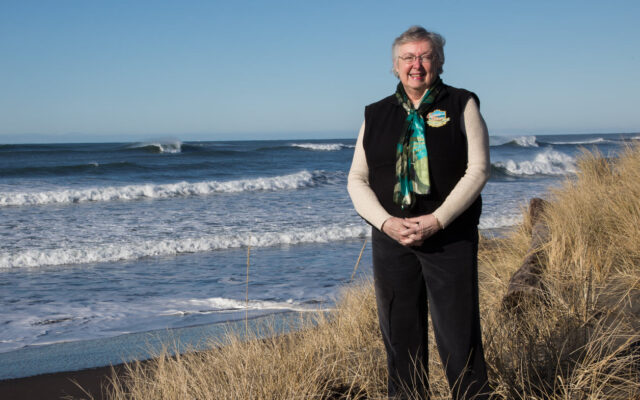December 6, 2021
The recent report by the Lummi Nation of more than 70,000 European green crabs captured this year has many wondering what this could mean for efforts to prevent green crabs from establishing in the Salish Sea. This number certainly indicates that the population of green crabs within the sea pond on the Lummi Reservation has grown exponentially since their first detection in 2019 (Mueller and Jefferson, ...
Read MoreDEC
2021


 We were deeply saddened to learn of the death of Crystal Dingler, who was mayor of Ocean Shores, Washington. Dingler partnered with Washington Sea Grant on many projects, especially on initiatives geared toward building greater economic resilience in Grays Harbor County.
We were deeply saddened to learn of the death of Crystal Dingler, who was mayor of Ocean Shores, Washington. Dingler partnered with Washington Sea Grant on many projects, especially on initiatives geared toward building greater economic resilience in Grays Harbor County.





 We are thrilled to welcome Jenna Keeton as the new fisheries specialist at Washington Sea Grant (WSG)!
We are thrilled to welcome Jenna Keeton as the new fisheries specialist at Washington Sea Grant (WSG)!